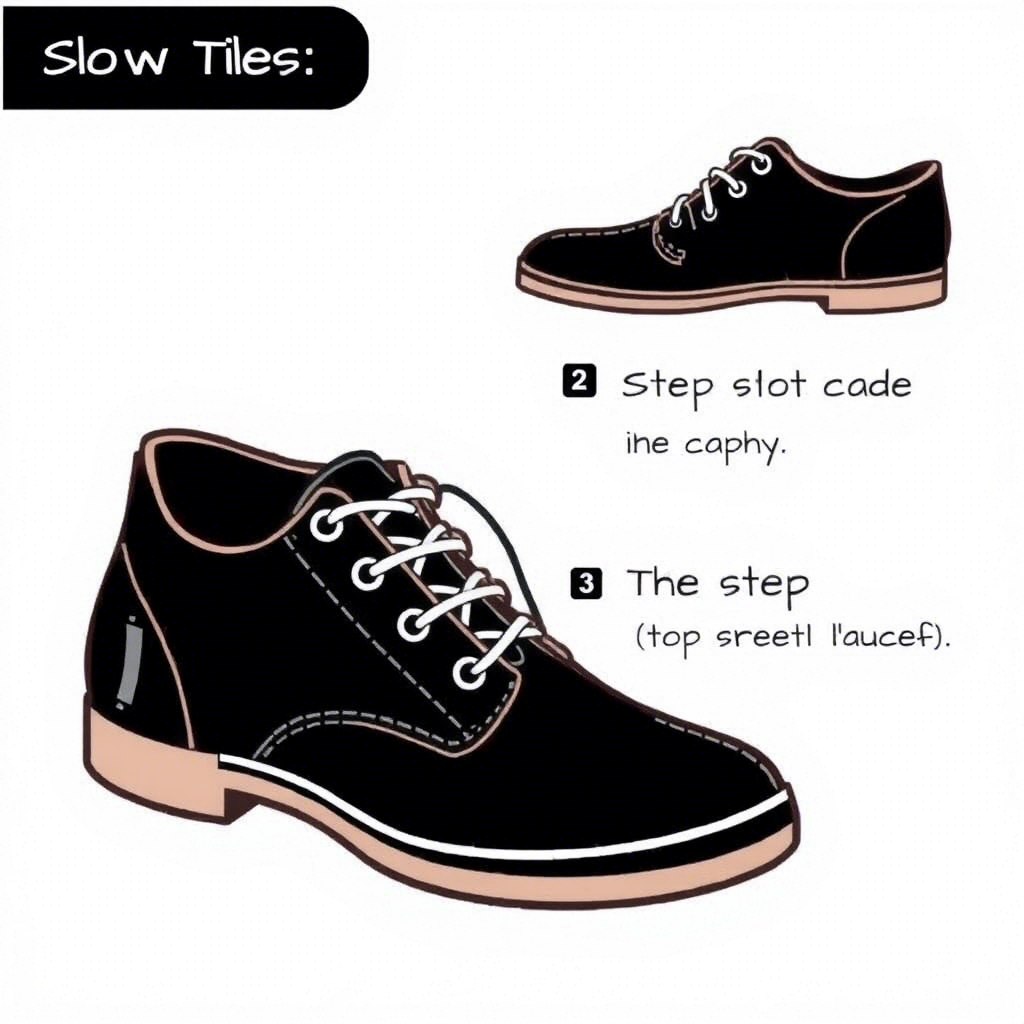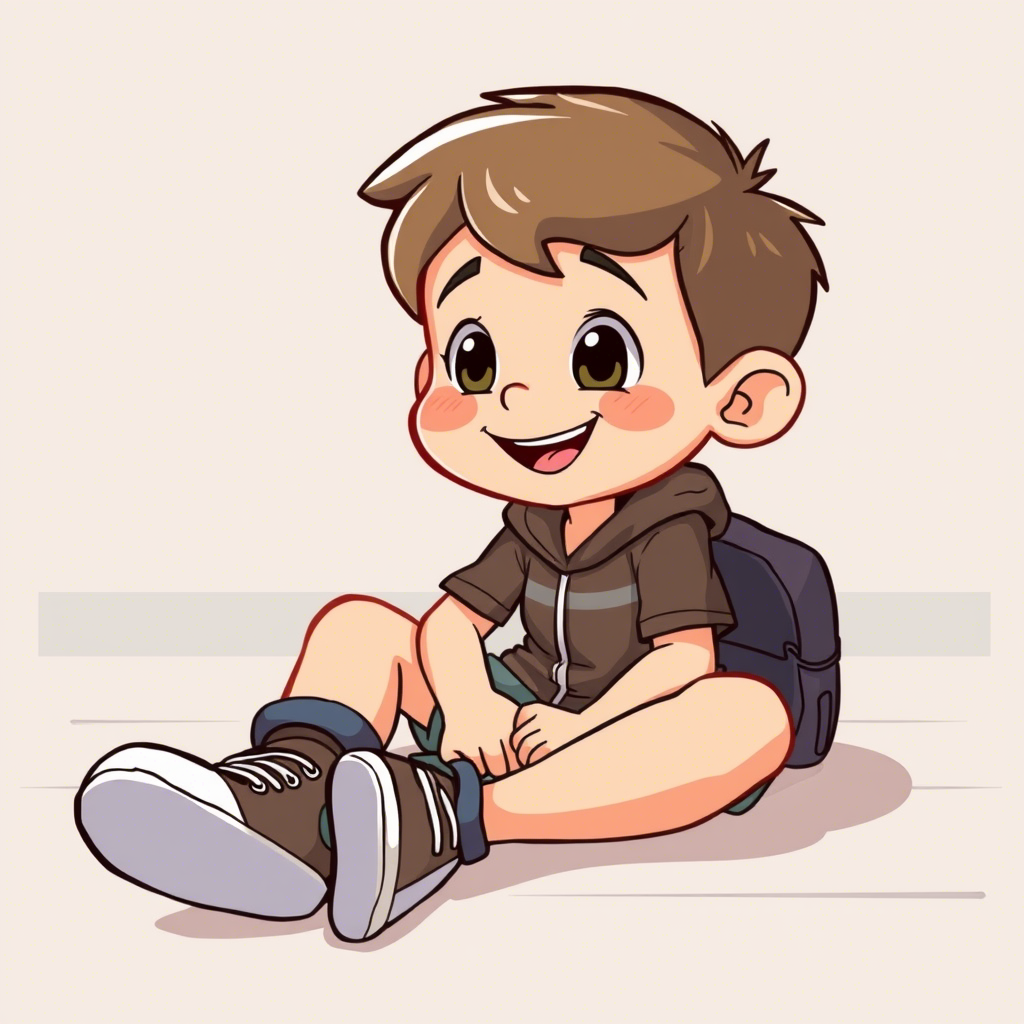Guide To Teaching Your Child How To Tie Their Shoes
Teaching your child to tie their shoes is a significant milestone in their development, marking a step towards independence and self-reliance. Mastering this skill not only enhances their fine motor skills but also boosts their confidence. According to a study published in the Journal of Applied Developmental Psychology, acquiring self-care skills like tying shoelaces is crucial for children’s cognitive and motor development (1). As a parent, guiding your child through this process can be a rewarding experience, fostering a sense of accomplishment and pride in their abilities. In this guide, we will walk you through the steps to effectively teach your child how to tie their shoes, supported by expert advice and practical tips.
Preparing Your Child to Learn
Before diving into the actual process of tying shoes, it’s essential to prepare your child. This involves several key steps:
- Assess their readiness: Typically, children are ready to learn how to tie their shoes between the ages of 5 to 7. However, readiness can vary based on their fine motor skills and hand-eye coordination. A study in the Journal of Motor Learning and Development suggests that children with better fine motor skills tend to learn complex tasks like tying shoelaces more quickly (2).
- Choose the right shoes: Start with shoes that have laces and are comfortable for your child to practice with. You can also use a lace-tying board or a practice lace-tying toy to make the learning process easier and less frustrating.
- Break the task into smaller steps: Tying shoes involves several intricate steps. Breaking it down into simpler tasks makes it more manageable for your child.

Step-by-Step Guide to Tying Shoes
The actual process of teaching your child to tie their shoes can be broken down into several key steps:
Step 1: Begin with the Basics
- Understand the ‘bunny ear’ method: One of the most popular methods for teaching children to tie their shoes is the ‘bunny ear’ method. It involves creating two loops (or “bunny ears”) and tying them together.
- Practice making ‘bunny ears’: Start by having your child practice making the loops. This involves folding the lace in half and tucking the folded end under the other lace to create a loop.
Step 2: Tying the Knots
- Cross the laces: Begin by crossing one lace over the other, forming an “X” shape. This is the foundation of the knot.
- Make the first ‘bunny ear’: Take one of the laces and wrap it around the bottom lace to form the first loop. Secure it by pulling it through the loop you’ve just created.
- Make the second ‘bunny ear’ and tie: Repeat the process to create a second loop, then tie the two loops together.

Step 3: Practice, Practice, Practice
- Regular practice: Encourage your child to practice tying their shoes regularly. Consistency is key to mastering this skill.
- Patience is crucial: Learning to tie shoes can be frustrating. Be patient and offer positive reinforcement. For more tips on patience and positive reinforcement, you can explore resources on child development, such as those found on our boys’ coat collection page, which also discusses the importance of dressing children in comfortable, easy-to-manage clothing.
Overcoming Challenges
- Dealing with frustration: It’s normal for children to feel frustrated when learning something new, especially a task as complex as tying shoes. Encourage them to take breaks and come back to it when they’re feeling calmer.
- Using different teaching methods: Some children may learn better with different methods, such as using rhymes or songs to remember the steps. Experiment with various techniques to find what works best for your child. For additional learning aids, consider visiting our girls’ dress collection page, which offers a variety of comfortable and easy-to-wear clothing that can make practicing tying shoes a bit easier.
Encouraging Independence
- Gradual release of responsibility: As your child becomes more confident in their ability to tie their shoes, gradually give them more independence in the process. Start by having them tie their shoes with your supervision, then gradually phase out your involvement.
- Celebrating milestones: Celebrate small victories along the way. Mastering the skill of tying shoes is a significant achievement and deserves recognition.

Conclusion
Teaching your child to tie their shoes is a journey that requires patience, persistence, and positive reinforcement. By breaking down the task into manageable steps, practicing regularly, and celebrating small victories, your child will master this essential skill in no time. Remember, every child learns at their own pace, so be prepared to adapt your teaching approach as needed. With time and practice, your child will be tying their shoes like a pro, marking a significant step towards independence and confidence.
References:
- Journal of Applied Developmental Psychology, “The relationship between self-care skills and cognitive development in children.”
- Journal of Motor Learning and Development, “Fine motor skills and learning complex tasks in children.”

Comments